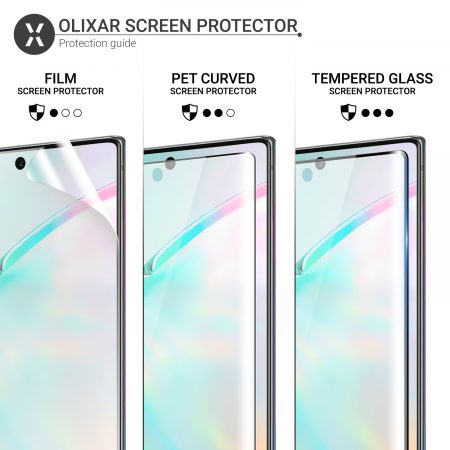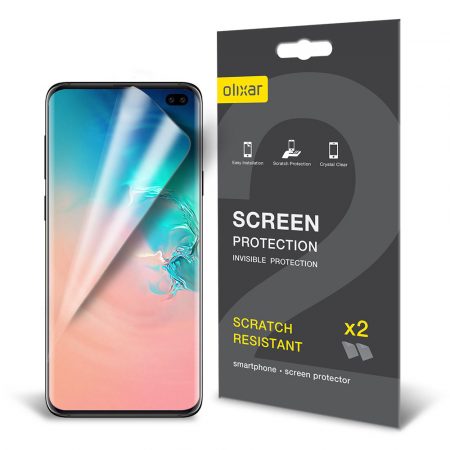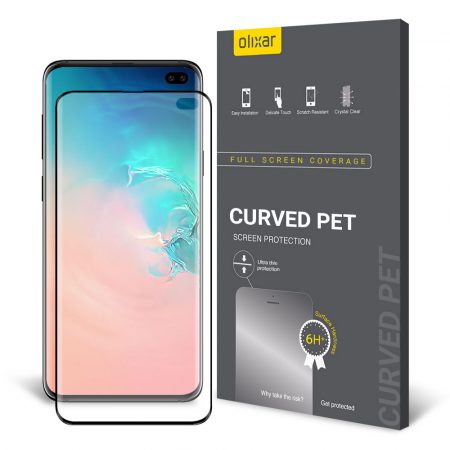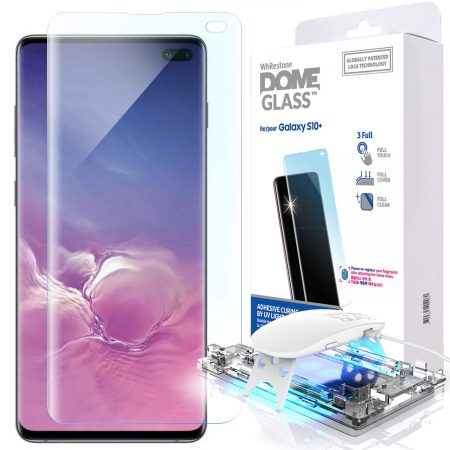Today, a screen protector is certainly a must-have accessory for your phone. With the prices of devices constantly rising, you want to ensure that your phone is well protected from any possible damage. Choosing a screen protector may seem simple, but in reality, there are different types and application methods of screen protectors which may be confusing. Today we will be discussing the three most common types of screen protectors.

1. TPU Film
TPU Film screen protector offers basic screen protection such as light scratches caused be coins or keys in your pocket. Due to the high flexibility of the material, these screen protectors work well with the curved screens and the in-screen fingerprint technology which is becoming more and more popular within the new devices. These screen protectors often provide full-screen coverage and are case friendly. They differ in terms of application as they can be applied wet or dry. After successful application of TPU Film screen protector, it provides smooth and soft touch. You will often be able to purchase them at a low price and in the multipacks.

2. PET Screen Protectors
PET Screen Protectors offer slightly less flexibility then TPU Film Screen Protectors. This means that you will have to look for a specifically curved PET screen Protector if your phone has curved edges otherwise it will not cover the full screen. This type of screen protectors is also in-screen fingerprint friendly. With little protection from drops, there are great to prevent key scratches, coin scratching, small denting and many more. There is no hindrance to sensitivity and clarity is excellent.

3. Tempered Glass
At the moment the Tempered Glass screen protectors offer the most protection on the market. A high quality tempered screen protector will be multi-layered, including shock absorbent silicon. It offers a much clearer display and its anti-reflective and glare-reducing. The best Tempered Screen Protectors feature the hardness rating of 8H to 9H which means that they’re hard enough to resist scratches. They also protect from any drops and bumps where chances are that even if your tempered glass breaks, your phone’s screen will be left undamaged. One important thing to remember about is to check if your case is compatible with the screen protector, as it may cause it to lift off on the edges. This option is the most expensive and some brands may charge even around £50.00, but this is nothing compared to replacement of a screen on some of the flagship models.

Wrapping Up!
We have discussed the top three most common screen protector types, however, with the advance of technology and every flagship device being released, these are getting better every year! Visit our YouTube channel to find all the installation videos for various screen protectors and to shop our huge range of screen protectors click here.
One thought on “All you need to know about screen protectors”
Comments are closed.